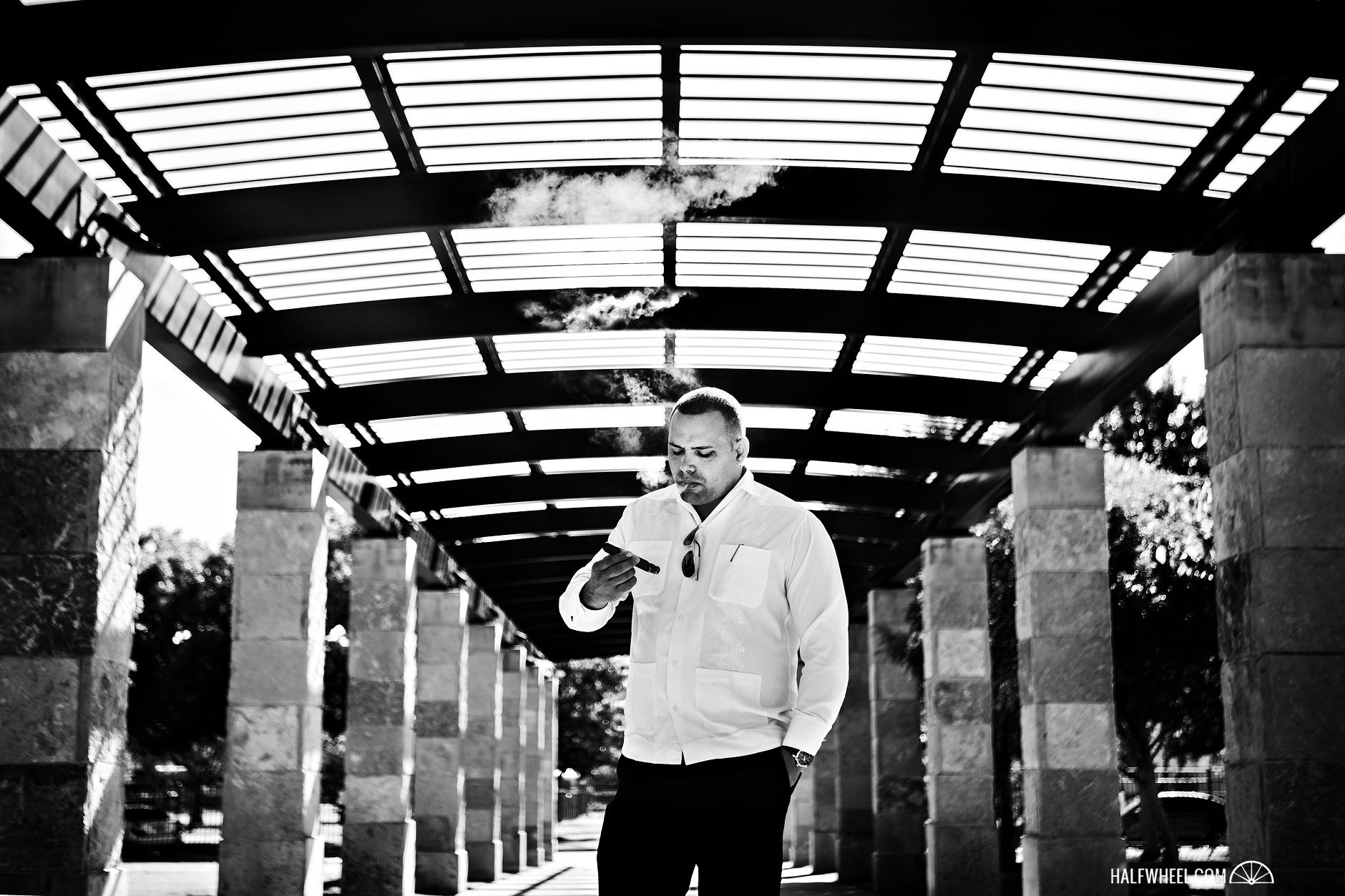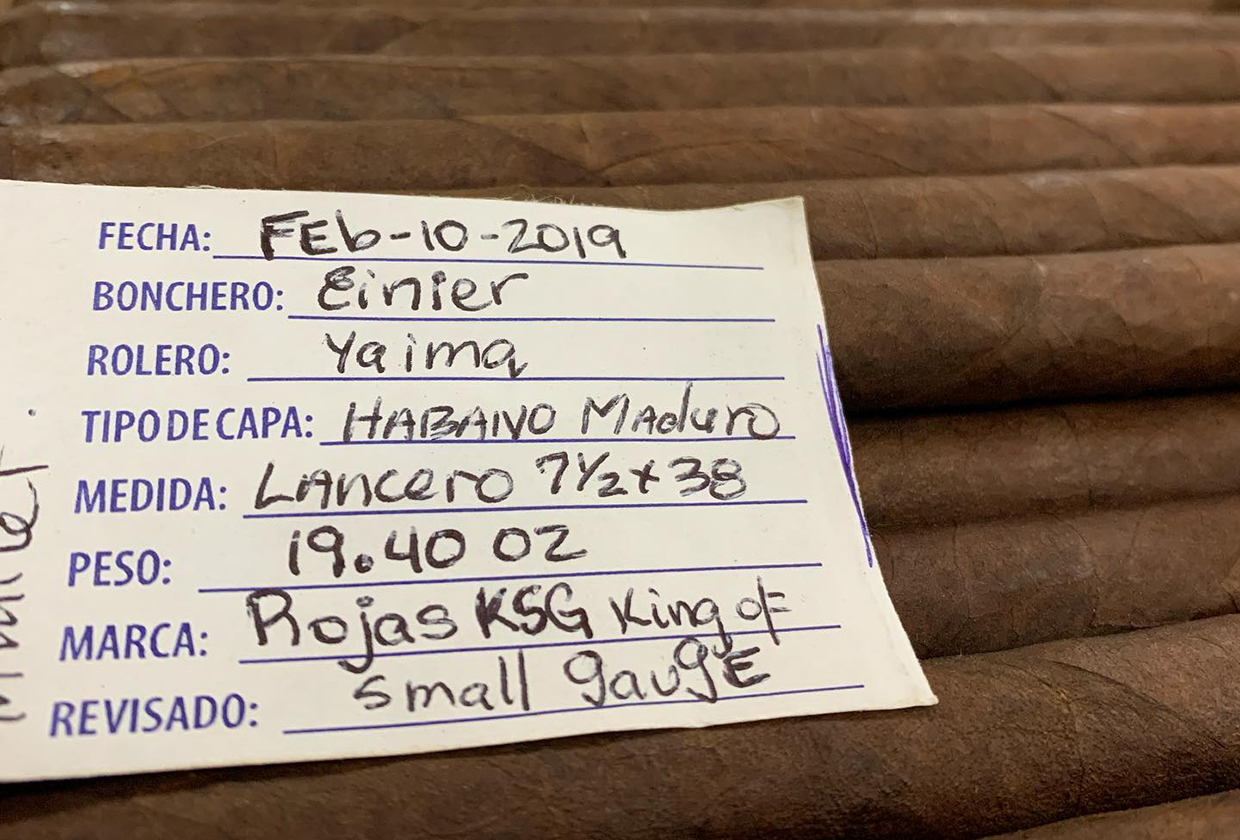For about as long as I have been smoking cigars and writing about them, small ring gauge cigars have been a bit of a firestorm in the cigar industry. A vocal minority clamor for them—particularly lanceros—yet they don’t sell a big enough volume to generally warrant the effort and cost to make them.
On the manufacturer side, it seems that thinner ring gauges, such as coronas, tend to be the preferred size for smoking when testing blends, yet it seems like manufacturers ultimately love what sells most, which is a fair stance to take.
In the case of one manufacturer, Noel Rojas, he has been unapologetic about his love for thinner cigars, and his latest project not only doubles down on that, but proclaims he is royalty when it comes to making them.
In January 2020, Rojas announced a new project, KSG, an abbreviation for King of the Small Gauge. It became the third line of his relaunched Rojas Cigars portfolio, joining the Rojas Bluebonnets and Rojas Statement, both of which are limited to cigars with ring gauges of 50 and under.

The KSG is a 7 1/2 x 38 lancero, which Rojas is offering in 14-count boxes. Rojas said that total production was limited to 5,000 cigars, which works out to 357 full boxes and two single cigars. Each cigar is priced $12, before taxes.
As for the blend, it features tobacco from the Somoto region of Nicaragua, a lesser-known but increasingly popular growing region that is about 55 miles northwest of Estelí, close to the border with Honduras. That tobacco is used for the binder and part of the filler, the latter of which contains additional Nicaraguan tobacco of undisclosed regions. The cigar is finished off with a five-year-old Ecuadorian maduro wrapper, with production handled by the Flor de San Luis factory in Estelí, Nicaragua.
While Rojas showed it off at the 2020 Tobacco Plus Expo in late January and had planned to release it, it was delayed until mid-April due to the coronavirus pandemic. 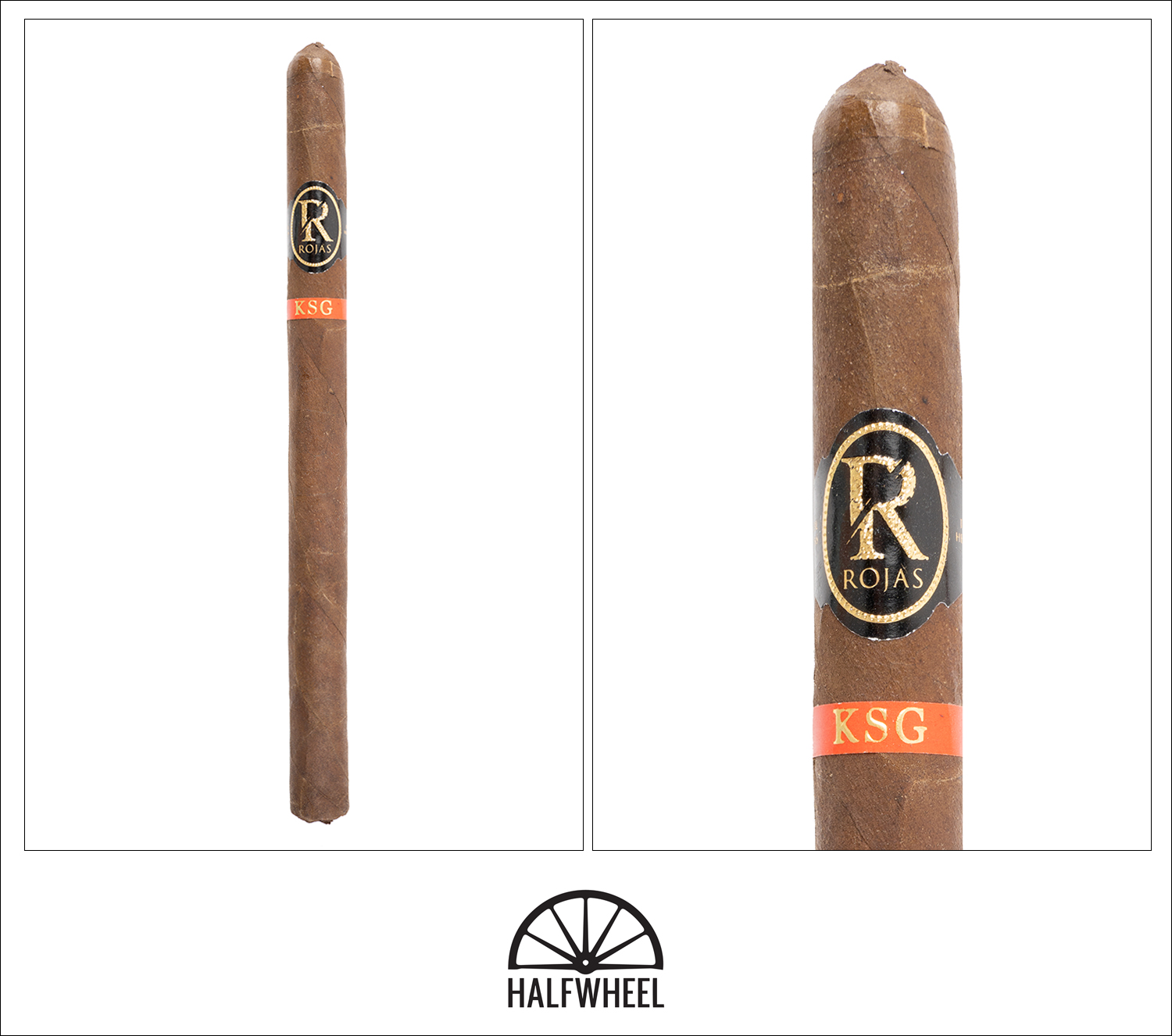
- Cigar Reviewed: Rojas KSG
- Country of Origin: Nicaragua
- Factory: Tabacalera Flor de San Luis S.A.
- Wrapper: Ecuador (Habano Maduro)
- Binder: Nicaragua (Somoto)
- Filler: Nicaragua (Somoto & Undisclosed)
- Length: 7 1/2 Inches
- Ring Gauge: 38
- Vitola: Lancero
- MSRP: $12 (Box of 14, $168)
- Release Date: April 14, 2020
- Number of Cigars Released: 357 Boxes of 14 Cigars (5,000 Total Cigars)
- Number of Cigars Smoked For Review: 3
The Rojas KSG appears to be rolled very well, though the veins on the wrapper are just big enough to distract from what would most likely be an otherwise very smooth cylinder. It certainly feels to be rolled well; two of the three samples consistently firm with just a bit of give, while the third is a bit softer. Each is finished by a well-applied head and a little twist of tobacco that results in a small fan. The wrapper can be very oily at times, with one sample making quite an impression on my fingers. It’s a dark brown leaf with some mottling that conjures up the term earthy. The foot of the cigar is slightly covered with wrapper tobacco and the aroma is very mild; two smell a bit like an empty bag of beef jerky with a teriyaki or Korean barbecue glaze, while another eschews that for a much more neutral and generic tobacco smell. Air flow is just slightly firm, while the flavor more consistently repeats that beef jerky note, nudging the intensity up just a bit and adding a bit of red chili pepper on the finish.
While the Rojas KSG had me thinking about beef jerky before being lit, it’s more wood and pepper once it’s burning, although there are some remnants of jerky and general meatiness still in the profile. I get a bit of red chili pepper tingle on the front of the tongue, even though I wouldn’t list it as one of the main components of the flavor, at least yet. Black pepper continues to build through the first inch, which is when the ash first drops on its own. There isn’t much more of the red chili pepper note I picked up from the cold draw until the one-inch mark, and even then it’s still pretty subdued. The profile is becoming increasingly complex, further developing the earth while mixing in black pepper and still managing to get some dark sweetness out of the equation, in one equation turning into a dense chocolate brownie. The construction so far has been fantastic, with smoke production commensurate for the vitola, a slightly firm but problem-free draw, and a generally even burn line. Flavor is medium-plus, body is closer to full, and strength is medium-plus.
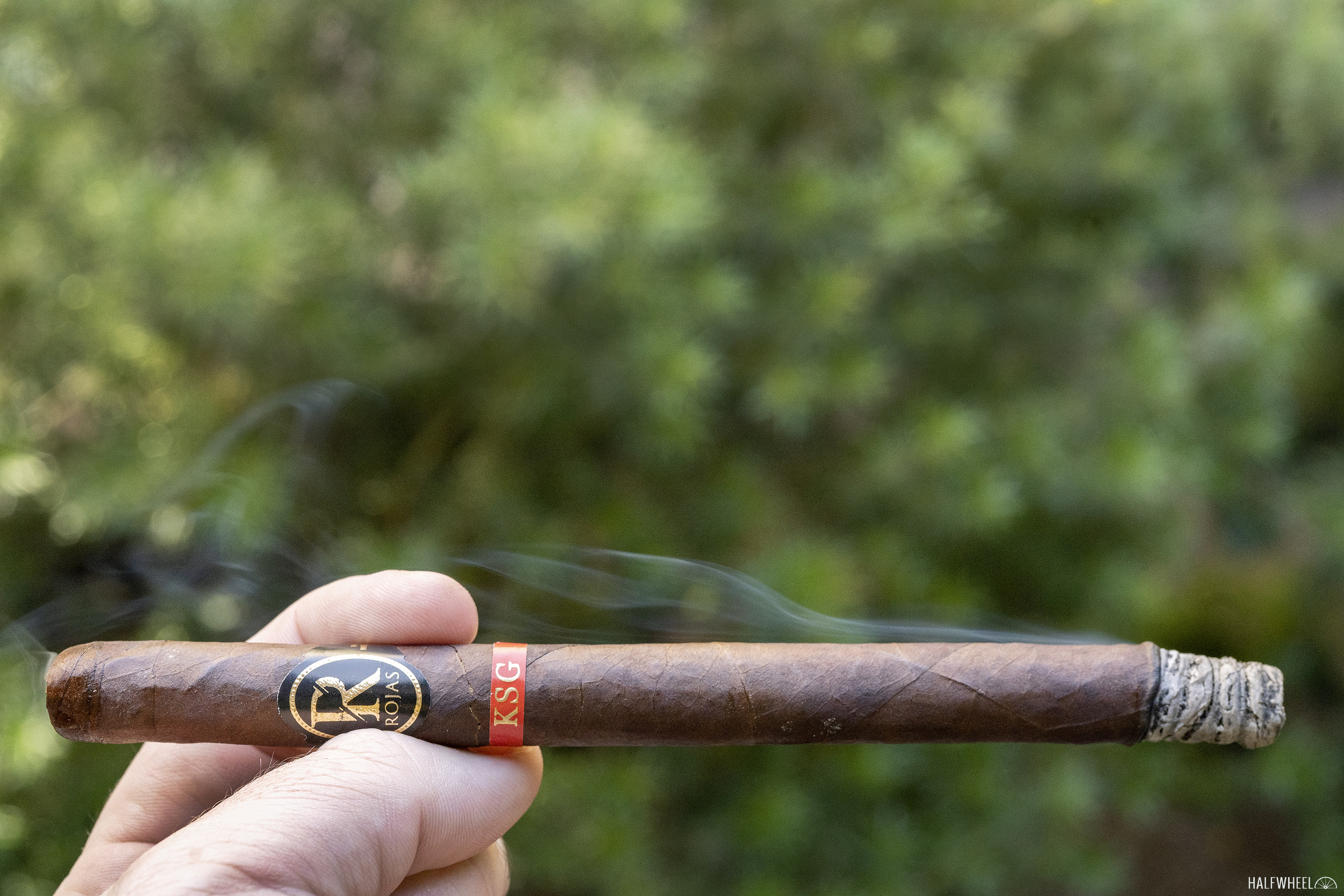
The second third begins with an amazing creaminess entering the profile, remarkable on its own and for being such an unexpected addition given where the cigar seemed headed. It’s a flavor somewhere between condensed milk and cheesecake, though it doesn’t offer the dryness of the latter. It’s also far too fleeting of a flavor, as the flavor drops out and leaves the profile with a top note of coffee grounds, which pairs with a bit of black pepper to tingle the front half of my tongue. Retrohales have taken on a bit of roasting almonds while backing off pepper just a touch and teasing me with just a bit of the sweetness from earlier. This section finishes with a more wood-forward flavor; it’s dry and fairly organic, much like freshly cut and dried timber as opposed to the smell I get from processed lumber. There’s still some pepper but it has taken a brief break from being at the forefront of the profile. Construction remains excellent, with a near perfect draw and combustion. The burn line isn’t quite perfect, and if I have to gripe about something, the ash is typical for a lancero, meaning it is a bit more fragile. 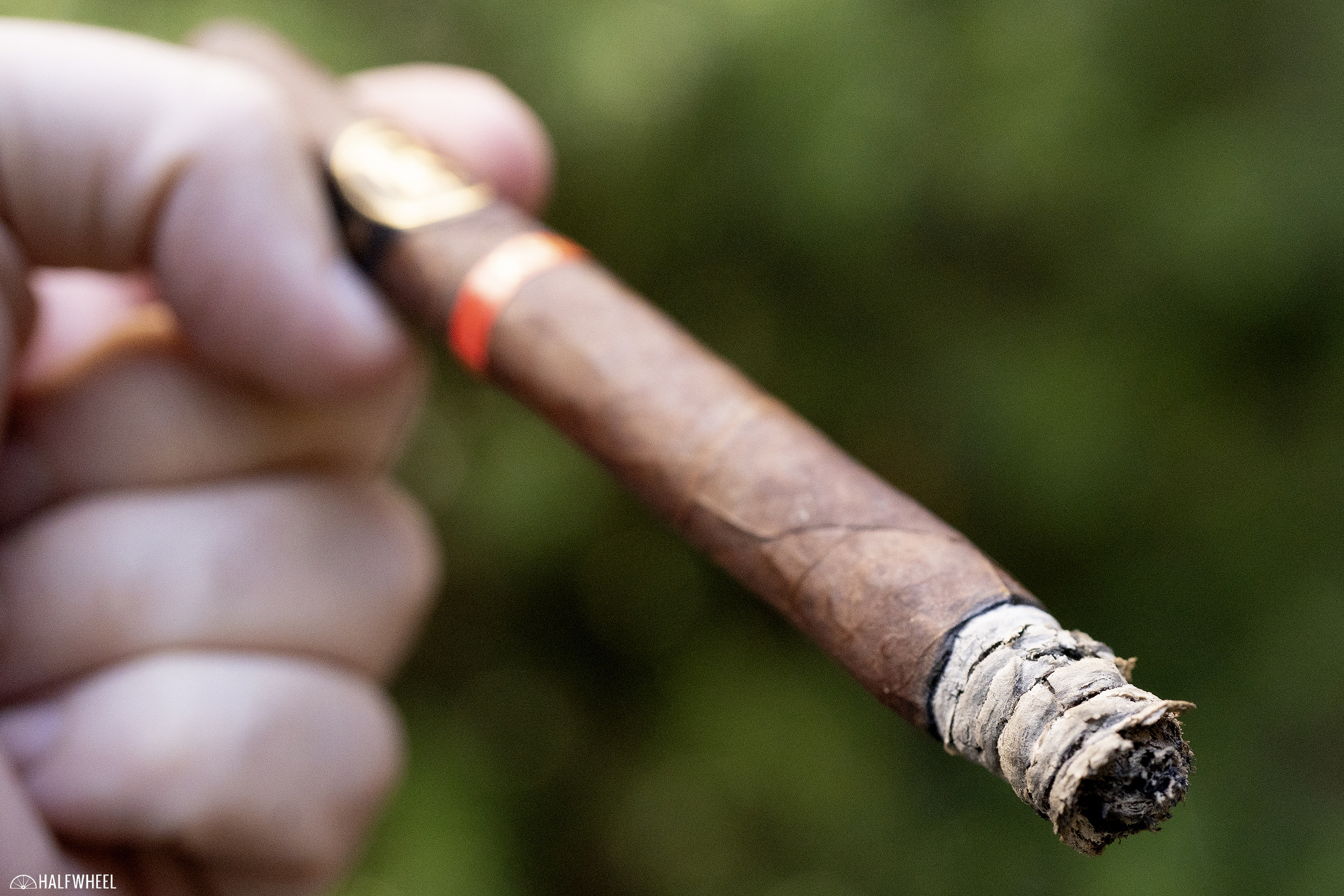
The final third seems to begin in earnest when I notice that retrohales now deliver a quick, bright punch of largely black pepper, though it doesn’t linger nearly as long as it does on the tongue, particularly the front third forward to the tip. The profile begins to elicit a more tangible physical sensation, though thankfully none of that is nicotine related. Instead, it’s a drier profile than it had been earlier with a more lingering tingle from the pepper on all the senses, even if the intensity doesn’t feel like it has shifted gears. I still get traces of earth, coffee, almonds, and a bit of woodiness, but they have all dialed back to a more medium intensity level, while what sweetness the KSG had is largely gone. That profile continues without much change or progression, seemingly locked on to its approach path, with only minor fluctuations in pepper or woodiness. It’s not until the final inch that the cigar begins to show any ill effects from heat, and even then it’s simply the heat itself as the flavor seems unfazed. The flavor, body and strength all finish around medium-plus, with the pepper on the flavor the most vibrant of the three. The cigar also finishes with outstanding problem-free construction.
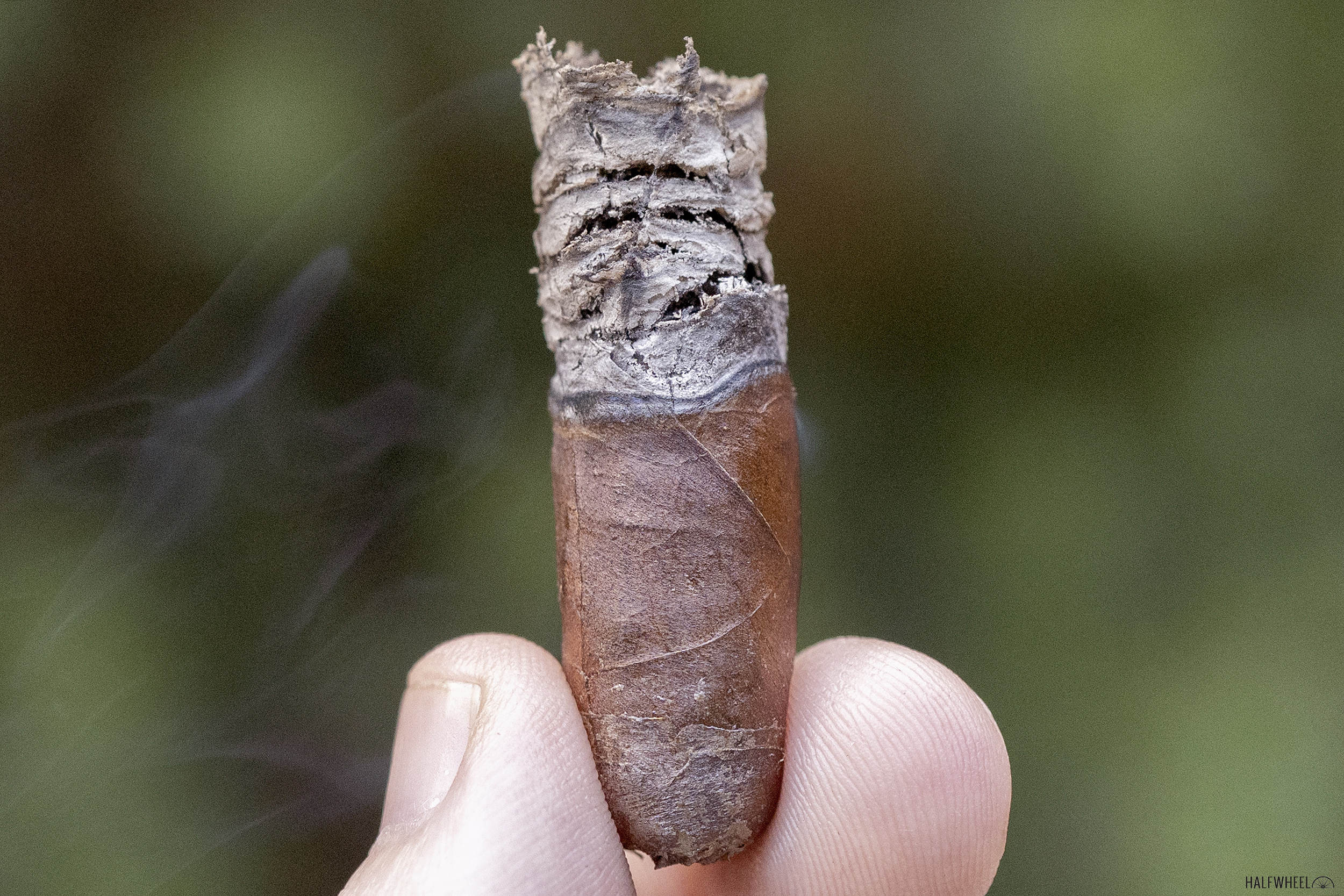
Final Notes
- To give you an idea where Somoto is, here’s a Google Maps link.
- The secondary band with KSG on it is easily the smallest band I can remember seeing in quite some time.
- None of the three samples left me with a nicotine buzz, which I definitely appreciate.
- Also, given that the finish of the cigar had some lingering tingle, there wasn’t much in the way of flavor residue on my palate.
- The cigars for this review were provided by Rojas Cigars.
- Final smoking time was one hour and 40 minutes on average.
After I started smoking the Rojas KSG, I began to think about just what it might mean to bestow the title king of small gauge on a cigar maker. It can’t simply be construction, and it can’t simply be flavor. It has to be the ability to take blend and vitola and combine the two to the best outcome possible. In the case of the KSG, it may be a bit premature to crown Noel Rojas with the title, but he certainly advances into the next round of the battle for the title. The Rojas KSG is near flawless in construction, and while the flavor may not always be divine, it spends enough of the second third touching the clouds that it has me clamoring for a cigar of just those few inches. But on the whole, the KSG is incredibly enjoyable from start to finish; it is balanced, it is complex, it is easy yet engaging on the palate, and most of all, it is simply enjoyable.

